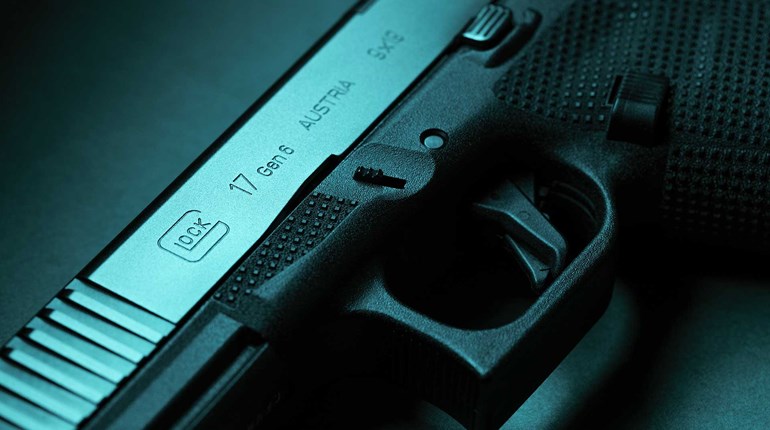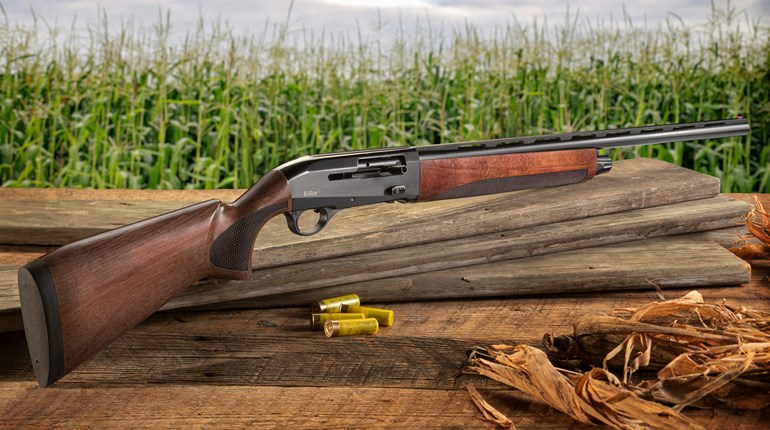
When it comes to training in performance shooting, there are three primary objectives used as guidelines designed to help make you a better shooter. These are theory, diagnostics and sustainment. The first of these three is theory.
Theory, in its simplest form, is a structured explanation of how and why something works. In the context of an activity like shooting, theory is not abstract or academic fluff—it is the operating blueprint behind every movement, decision and outcome. Without theory, action becomes guesswork. With theory, it becomes precision.
Theoretical Guidelines
In the world of performance shooting, there are three recommended theoretical guidelines. The first is:
The Body Cannot Go Where The Mind Has Not Been
Your understanding of something is neither skill nor performance. You cannot perform a skill that you do not understand. Conversely, understanding doesn’t mean you can execute that skill flawlessly. An example of this would be to, starting from the holster, place two rounds on a reduced-size target 15 yards away. It’s a fairly technical shot and you most likely will need to use a sighting system. So, even though you may clearly understand the task, it doesn’t mean you have the requisite skills to accomplish that task.
Provided you do have those skills also does not mean that you can perform those skills under duress. It is common knowledge among elite performance shooters that form degrades under pressure. The greater the pressure, the greater the degradation commensurate with your level of skill. The greater your skill, the lower the degradation. The lower your skill level, the greater the degradation.
Performance is your ability to repeat a task at a high level of skill on demand and under pressure. The ontological hierarchy for success is understanding –> skill –> performance.
The next theoretical guideline is:
Speed and Accuracy Are An Illusion
Speed is a measurement of how long the task took and accuracy is a measurement of where the round landed. Both are measurements of a result—they are each after the fact phenomenon. You only have two choices: You can either chase results or remain process-focused. Which will serve you best?
You are offered two choices: be results-focused (chase after a byproduct that doesn’t exist at the time you are in the process) or remain processed focused.
- Speed is a byproduct of efficiency
- Accuracy is a byproduct of control
Therefore, the primary learning objectives of Performance Shooting are:
- Find your efficiencies
- Gain greater control
Efficiency: A matter of no foreign input (movement or thought)
Control: You control the process or the process controls you.
The third recommended theoretical guideline is:
There Is Only One Prime Directive: The Shooting Process
The prime directive is defined as “Bring stability to alignment and break the shot without disturbing that alignment.” (Note: this does not require usage of sights). The prime directive is the actual shooting process. Again, your two choices are to remain process focused or results focused.
Should you follow the process and do everything correct you cannot miss. However, the converse of this axiom is also true: fail to follow the process and you will fail to successfully complete the task.
Diagnostics
Diagnostics in shooting refers to the ability to identify, interpret and correct performance errors, either in real time or during after-action review. It’s not just about spotting a miss, but understanding why it occurred, where the breakdown happened in the execution chain and how to apply a corrective solution that’s both appropriate and sustainable. This capability transforms shooting from a mechanical act into a responsive, intelligent discipline driven by feedback and self-awareness.
Effective diagnostics spans every dimension of shooting performance. Mechanically, it involves the likes of grip, sight alignment and trigger control. Cognitively, it accounts for durable mental focus, anticipation and decision-making under pressure. Visually it demands both visual focus and visual awareness and observing the lack thereof. Diagnostics is the process of recognizing these deviations, tracing them to root causes, applying the right corrections and validating the results through observable feedback.
The critical importance of diagnostics lies in its ability to shorten the learning curve and maximize training value. Shooters who develop diagnostic skills can self-correct, progress without constant external input and maintain consistency under stress.
Sustainment
Skills sustainment in shooting is the ongoing process of maintaining and reinforcing critical shooting abilities after initial proficiency is achieved. Because shooting is a perishable skill, even short periods without practice can lead to measurable decline in performance.
Sustainment ensures foundational mechanics such as grip, alignment and trigger control remain reliable. It’s not just about keeping skills “fresh,” but about preserving performance under pressure, when the pressure increases and there’s no margin for hesitation or error.
The importance of sustainment becomes especially clear in dynamic or high-stakes scenarios or environments, where stress reveals every weakness. A shooter’s ability to perform consistently, adapt to dynamic conditions and execute without conscious correction depends entirely on whether those skills have been maintained, not just learned once.
Performance Training Objectives
Sustainment transforms training into functional readiness through specifically tailored drills, periodic evaluation and scenario-based refreshers and keeps your failure margin to a minimum.
Diagnostics provides the foundation for continuous improvement and sustainable consistency.
Theory is the root of mastery. It converts shooting from a mechanical skill into a discipline of efficiency, control and evolution. The best shooters in the world are not just practitioners, they’re theorists in motion.




































